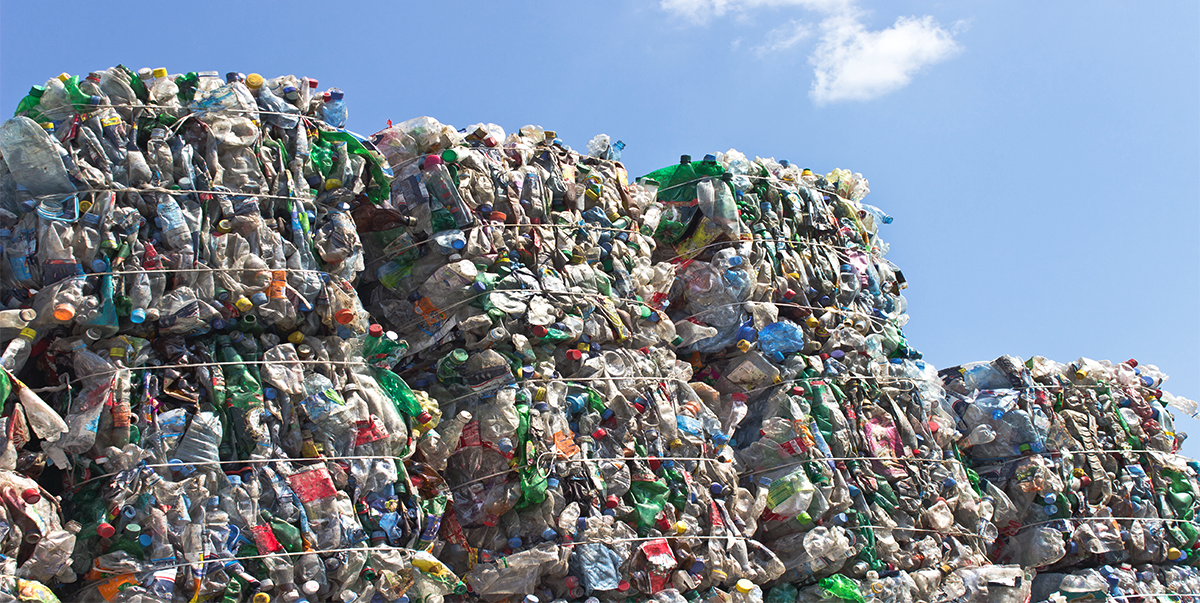
A week out from Christmas, the Australian Circular Economy Hub released a key-takeaways report from its Circularity2023 annual conference, titled Implementing the Circular Economy.
These takeaways are a useful insight into what was actually important to the 300+ people in the room.
Here’s a summary of the summary.
- Transitioning to a circular economy requires a mindset shift. And, adopting a circular mindset is key to achieving net zero targets.
- Circular economy is a complex concept; we need a common language.
- Collaboration is key to achieving a circular economy.
- We should support and develop scalable circular solutions. We need to link investment from major corporations, governments and finance sector to the innovations that can scale quickly and achieve the impact required quickly enough. That also comes down to mindset shift, and longer-term partnerships.
- A circular economy requires supportive policy and clear targets. More innovation and R&D support is required. Regulation combined with transition support is not happening fast enough. Investment is in some cases stalling.
- There has been some good progress in Australia, however there’s still lots more to do. Whilst circularity is a global issue, we can start locally and scale up.
- We need to get better at measuring circularity. What gets measured gets done, celebrated, noticed, financed…
- Strategies across different industries were identified for circular economy implementation. They include redefining relationships, product resale and behaviour change, climate solutions and systematic functions, circular procurement and policy, education, innovation, collaboration and community involvement.
- We need more education on design for increased circularity. Embedded in accredited and credentialed courses.
- The report is correct. The CE premise must make business sense to a range of partners in a system, overcoming competition barriers and power imbalances.
- Start-ups need to speak to experienced corporate leaders. Strategy needs to be agile. Timeframes adaptive.
- All of this can only happen when a circular mindset is held by leaders, common language is present in the business case, and government regulates effectively.
- Communication is the foundational requirement. Behaviour change is the key outcome.
How we help organisations address this is:
- Defining what a circular mindset is, and how teams can practice and articulate it.
- Assisting sustainability, design, engineering and operations leads to position strategy and projects with key internal and external stakeholders, including facilitated workshops and approaches.
- Developing effective business cases that present the financial and social/environmental benefits, and the simple actions to get a pilot or project up and tested.
- Communication strategy and planning – including messaging (narrative) and visual communications (identity and creative assets) – and materials such as visual models, overviews, explainer videos, and toolkits.
- Behaviour change strategies and plans to address cognitive biases, perceived barriers and motivation within system and structural/institutional constraints.
Last year, Ellis Jones worked with Cleanaway Waste Management and Visy on multi-stakeholder communication activity and, within that, mindset and behaviour change. With Yarra Valley Water we developed partnership approaches for its CE concept, the EcoSphere.All of these companies are alive to their potential and, in many cases, government reliance on their investments.
But transition is hard, and we are out of time if we are to achieve solutions within planetary limits.
We need to keep creating the conditions for success – regulation, system and behaviour change. Now.
Here is some inspiration.
Some recent case studies.
- IM-PERMANENT – Ellis Jones, Mycelium Studios and RMIT co-present a Circular Economy event and exhibition
- Establishing the value and future potential of sustainability initiatives within the circular economy for Cleanaway, Australia’s largest, publicly listed waste management company
- Yarra Waste Revolution, an award-winning behaviour change campaign for the City of Yarra.
If you need to get your team behind the circular economy, we highly recommend the movie, Beyond Zero, about a carpet manufacturer that transformed itself by making sustainability priority and driving change in its ecosystem. It is so motivating someone in the team will cry. We promise!
View the trailer. Find out more about screening it at your workplace with the Shared Value Project.
Read more about the Circular Mindset.

